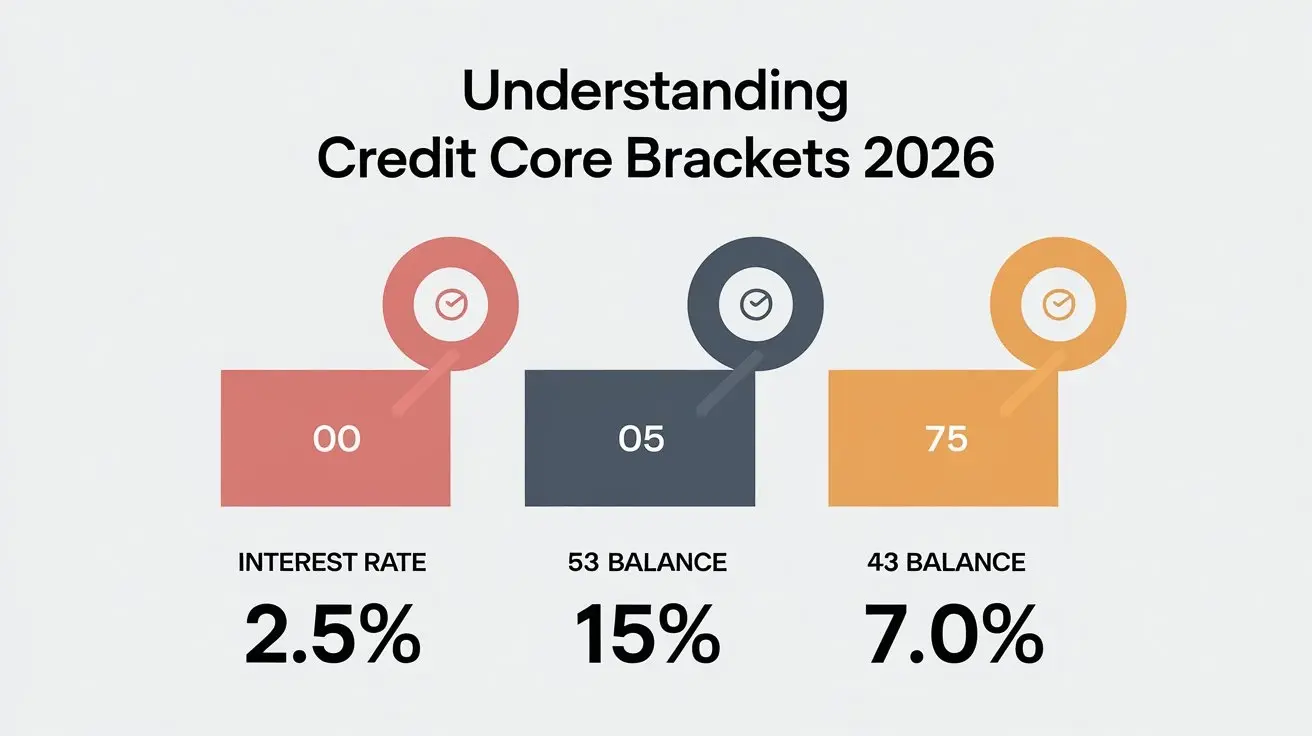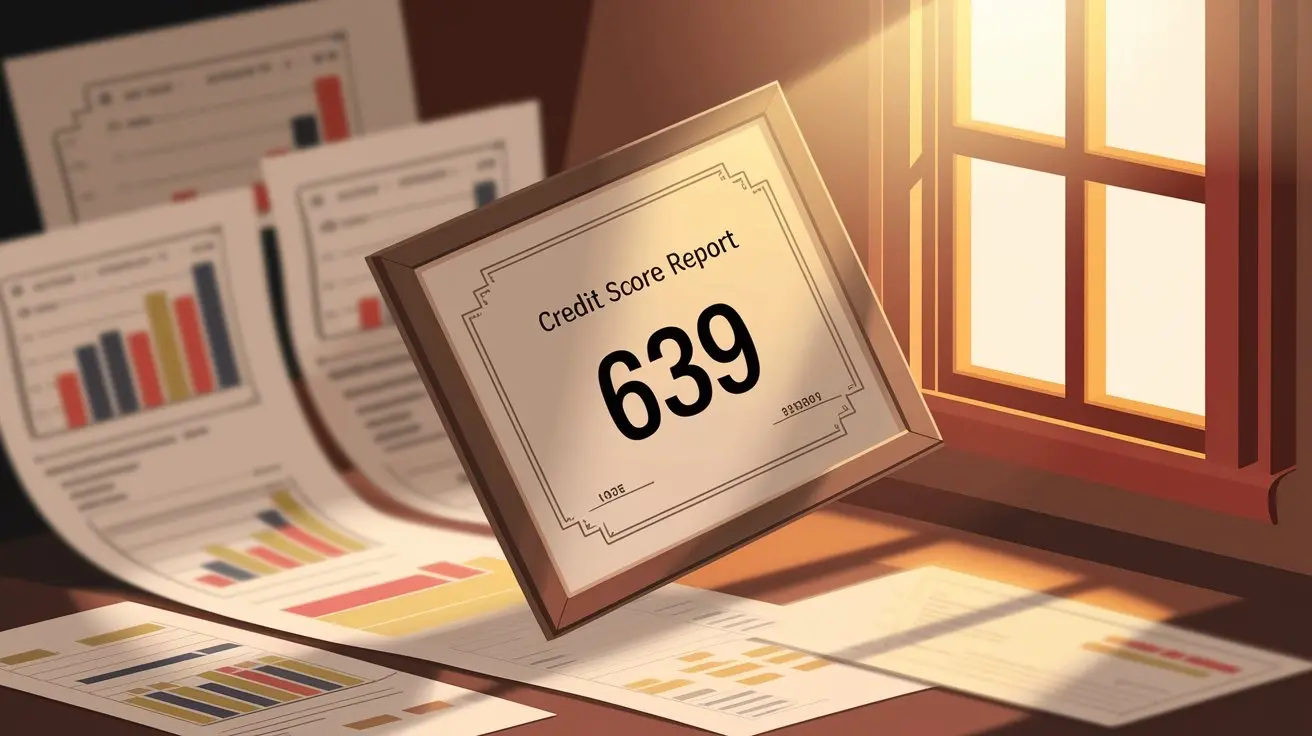-
Posted on: 17 Dec 2024

-
A credit score is an important number that defines your creditworthiness as well as credit health and can have a big influence on loan approvals and interest rates for credit cards and mortgages. The most common type of credit scoring in the United States is the FICO score, which can take a value between 300 and 850. Knowing where one fits into these brackets is a must because it enables one to make better credit score decisions.
The Credit Score Brackets Analyzed
FICO credit scores are categorized in about five important steps or levels known as the ranges or brackets. These brackets assist lenders in easily evaluating the degree of risk likely to be incurred in extending credit to an individual. The five FICO score ranges are as follows:
1. Very Poor (300-579)
A credit score in the very poor range applies to people with severe non-credit, collection, credit in default, and severely delinquent or bankrupt credit. These people are considered high risk by the lenders and can be rejected credit applications, or given incredibly high interest rates that they cannot afford. One of the biggest obstacles to credit repair is the fact that it can be difficult to lift a very poor credit score, but getting to work by making timely payments, paying down outstanding debt, and checking the credit report for inaccuracies is imperative.
2. Poor (580-669)
The poor credit scores also show previous bad credit, inclusive of delayed payments and failures in payments. Generally, the borrowers in this bracket have not been thought very appealing in terms of credit facilities as compared to those having fair or good credit ratings yet the lenders grant them credit facilities with such stringent terms as higher interest rates, lower credit limits, and/or annual charges.
3. Fair (670-739)
A fair credit score is an indicator of moderate risk for the lenders to undertake. Customers in this band have been good credit risks but sometimes they have been late with some of their payments. Still, there is a possibility that nonprime applicants will be requested to pay fees in the form of security deposits or other sorts of guarantees.
4. Good (740-799)
Any individuals that fall within the middle range credit scores are considered as being responsible for credit risks. This group of people is considered to be less risky by the lenders and hence credit products that are within this bracket attract better rates and terms. A good credit score means you will be able to borrow money at a cheap price and also qualify for cheap credit cards and cheap insurance policies.
5. Excellent (800-850)
Super prime credit score refers to consumers who have submitted the best credit behavior and are therefore low-risk consumers. A lot of times these people are looked at with a lot of favor as lenders in the credit provision of credit products. An ideal credit score is an indication of good financial standing and prudency, besides helping one secure several privileges including cheaper car insurance or lesser security deposits on services such as utility bills and rental houses.
Ways of rebuilding and raising good credit score
1. Pay your bills on time: So, it is important to pay your bills as well as finish your loan arrangements on the hour and set aside the money to pay for them because payment history comprises the greatest part of your credit score.
2. Keep your credit utilization low: This is a measure of how much credit you are using relative to your master credit card limit; high credit utilization ratio hurts your score. It is best to stay below 30% and, if possible, below 10%.
3. Diversify your credit portfolio: This is why it is always recommended to have a diversified credit portfolio within which you have credit cards, installment loans, and mortgages among others.
4. Limit new credit applications: Whenever you apply for credit, the credit reporting bureau puts a hard inquiry on your report, which will lower your score for some time. Do not apply for a new credit line unless necessary and utilize credit services that do not require credit checks to access credit score.
5. Regularly check your credit report: Your credit report must be free from errors and fraudulent entries and the only way of ensuring this is through checking their contents regularly. To say the least, you can access your credit report from each of the three major credit reporting bureaus on Equifax, Experian, and TransUnion through AnnualCreditReport.com free of charge once a year.
Conclusion
That way, recognition of the credit score bracket range will enable a person to assess his/her financial status. In either case, it is not very hard to work to ensure that your score is good and even improve the score if it is low. To build and retain the necessary rating regularly and learn how to keep the financial score high, you need to take control of your credit and check the credit report. Remember, credit score is not just a number it is how you manage your accounts and it plays a crucial role in our everyday life.
Call (888) 803-7889 today to start repairing your credit and securing your financial future!










